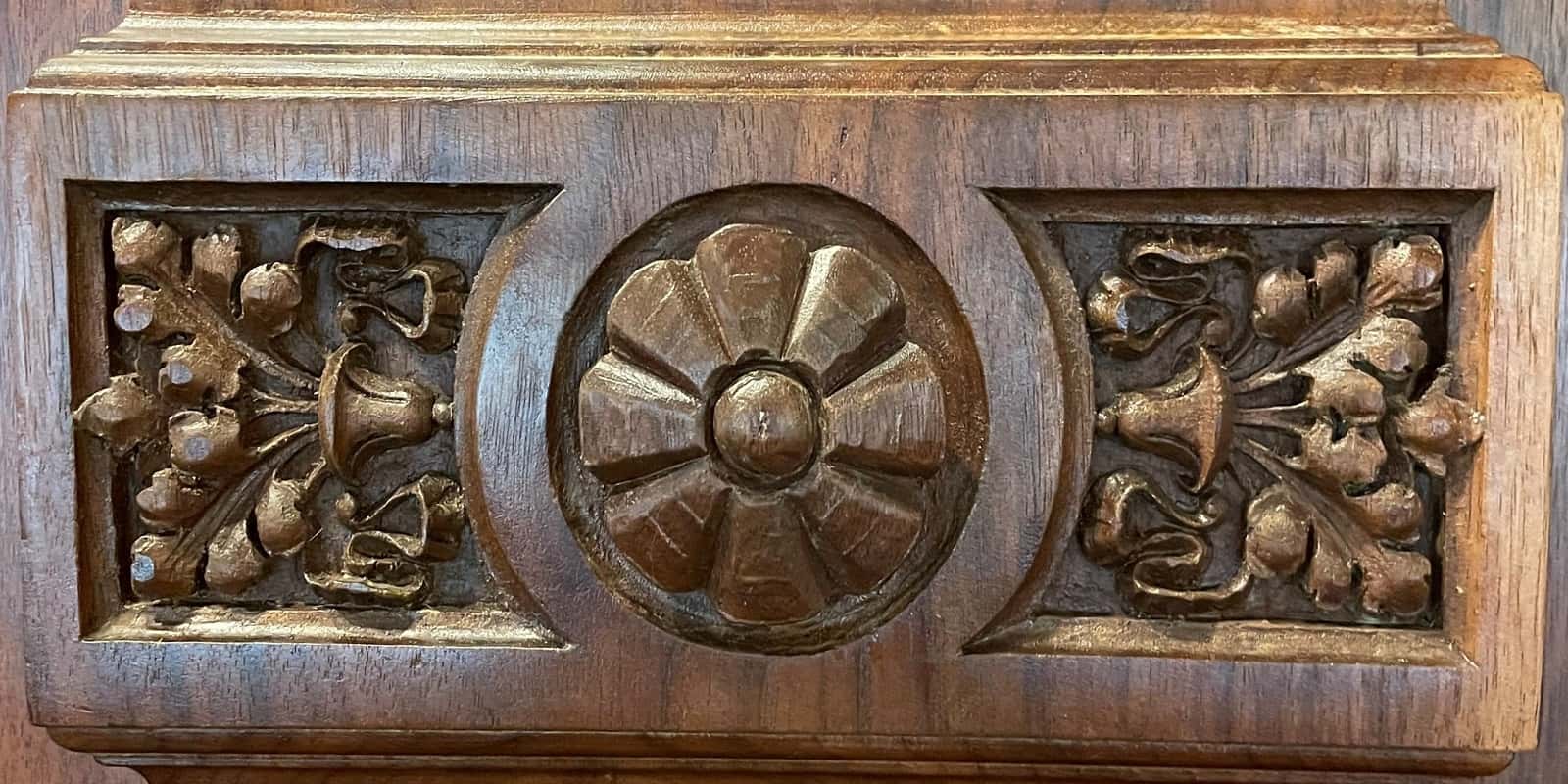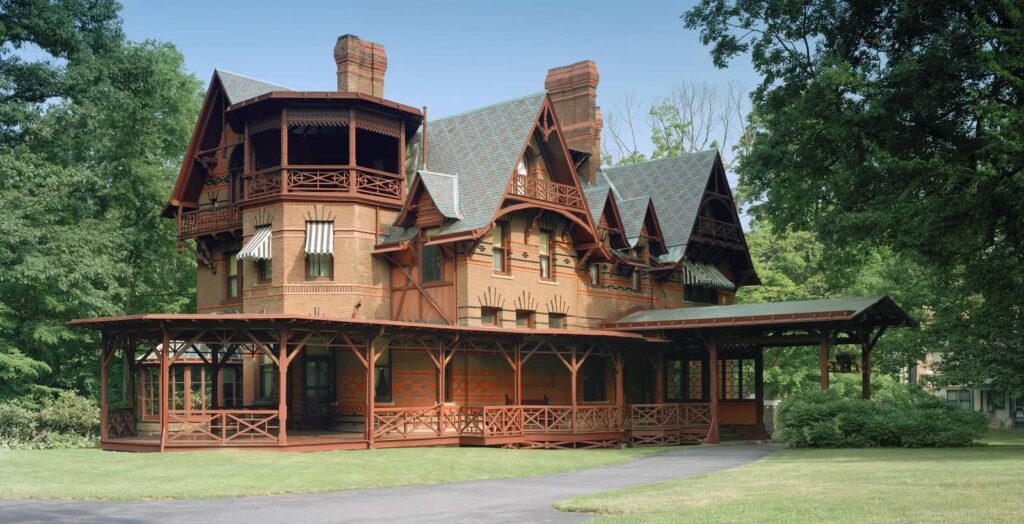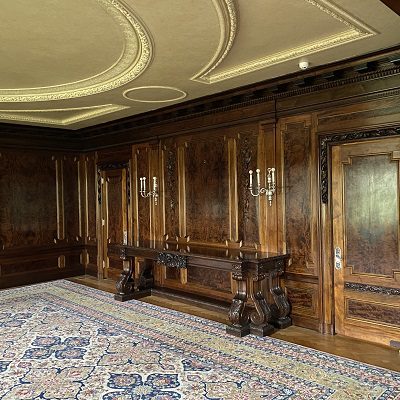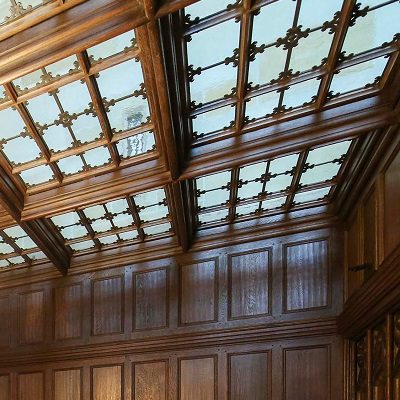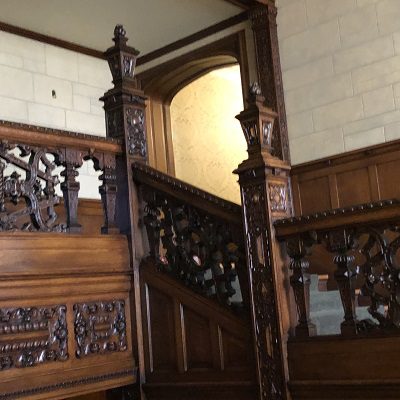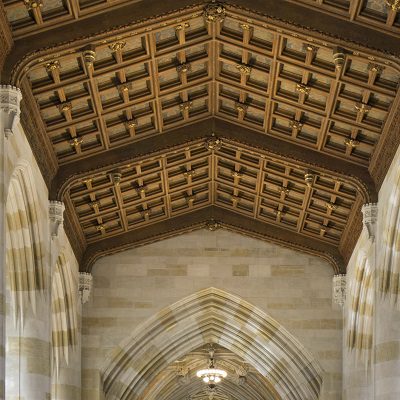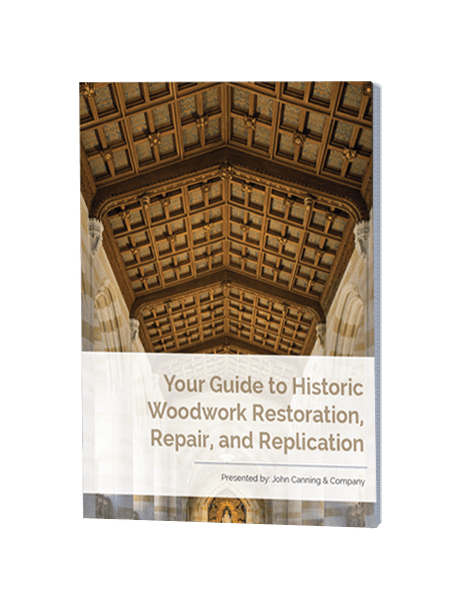Historic architectural woodwork is an essential part of our cultural heritage, and it is critical to preserve it through proper maintenance and restoration. Writing an effective specification for historic architectural woodwork is a crucial step in ensuring the success of any restoration project. Historic architectural woodwork specifications require a thorough understanding of the project’s historical context, the available materials and techniques, and the desired outcome. A well-crafted specification provides clear guidance to contractors, ensuring that the project meets the client’s requirements, conforms to historic preservation standards, and preserves the unique character of the architectural woodwork. The steps for writing a functional specification should include the following and outline the key considerations that architects, contractors, and clients must know to achieve a successful restoration project.
Research the historical context:
Before writing the specification, research the historical context of the building or structure. Beginning the process with research will help you understand the style and period of the architecture, the types of materials and techniques used at the time, and any specific features or details that are important to preserve.
Provide definitions:
Definitions for important woodworking and conservation terms should be provided in the specification. Doing so ensures that the specification is easy to read and understand. Many groups will be reading the specification, so all architects, contractors, and other workers must be aware of how you are defining key terms.
Define the scope of the work:
Clearly define the scope of work for the woodwork restoration or conservation project. The scope should include a list of all the elements that need attention, such as windows, doors, trim, and decorative features.
Specify the materials:
Specify the types of wood and other materials that will be used in the project. Consider the availability and sustainability of the materials, as well as their historical accuracy. The species, age, current and original finish, the presence of veneers, and the current condition of the wood are all vital to know prior to the restoration. Based on these factors, the materials needed to restore the woodwork to its historical appearance may vary. Make sure to do your research or consult with a preservation professional to ensure you have the correct tools, such as sanders, wood stripping tools, and staining tools, and materials, such as wood stain, to complete the project. These restoration materials and methods should be thoroughly outlined in the scope to be referenced during the project.
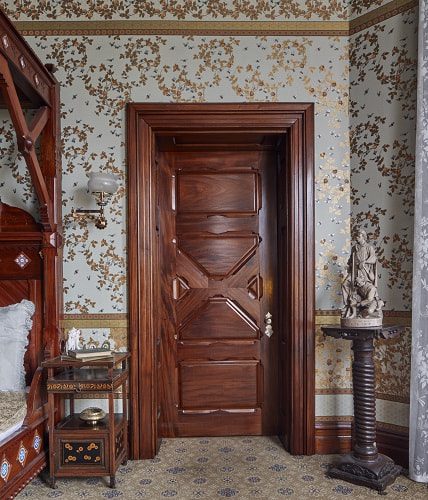
Mahogany wood after restoration at the Mark Twain House & Museum
Detail the techniques:
Detail the techniques that will be used in the woodwork restoration or conservation process. These techniques may include traditional joinery methods, finishes, and other decorative elements. Will the restoration process include using traditional materials and methods, or does it require a more modern approach? The answer to these questions should all be defined in detail to ensure everyone working on the project knows what tools and techniques must be used to complete the project.
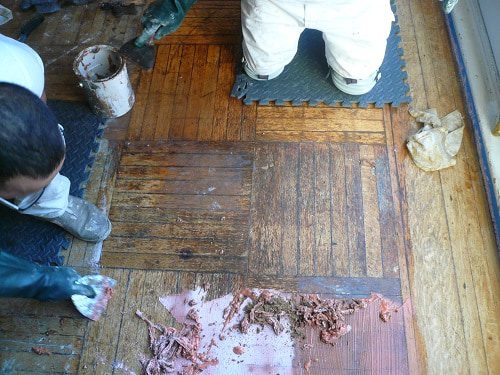
Original parquet floor during restoration at the Cosmos Club
Include standards and guidelines:
Incorporate industry standards and guidelines into the specification, such as those established by the National Park Service or the Secretary of the Interior. These standards can help ensure the work is historically accurate and meets modern safety and accessibility requirements.
Outline the quality expected:
The specification should include a dedicated section about the quality of work expected. The desired finish and appearance should be outlined, and it should note that the services performed on the woodwork should result in work that is consistent with the original design intent. Aggressive cleaning or sanding should not be acceptable and should be noted as such.
Request that tests and mockups be done:
The specification should request that comparative sample areas or mockups be done before beginning any official restoration work. The test areas should be reviewed and approved by the leading party before a method or material is chosen to complete the restoration. These tests can also help to identify or determine the original finishes. Knowing whether the original finish treatment included a stain or aniline dye, shellac and wax, or a vegetable varnish, such as dammar or copal will assist in the selection of the correct materials for the wood finish restoration project. This system will ensure that all work is done to the quality standards required by the specification and that the work will be consistent throughout the project.
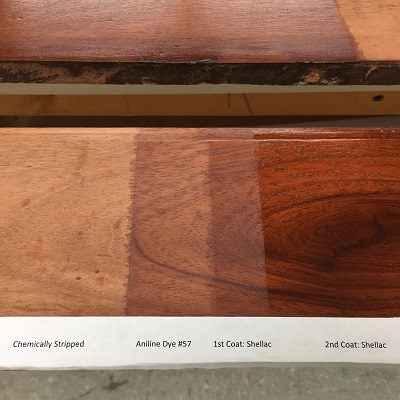
Finishes testing process mockup on mahogany wood at the Mark Twain House & Museum
Define the necessary qualifications:
All work completed on historic woodwork should be done by experienced preservation professionals. The specification should include the exact qualifications desired of a contractor chosen to do the woodwork conservation, including their years of experience, relevant education and certifications, and demonstrated experience in historical preservation/conservation, surface preparation, and field application of the same type and scope specified.
Provide clear instructions:
Provide clear instructions for the contractors or craftspeople who will be completing the work. Instructions may include detailed drawings, measurements, and specifications for each element of the woodwork. This step should contain a clear, detailed description of wood conditions, as well as all steps in the treatment methods to be performed for each type of wood.
Consider maintenance:
Consider the long-term maintenance of the woodwork and include recommendations for ongoing care and preservation. A section of the specification should be dedicated to the ongoing upkeep of the restored woodwork. The steps noted here should be attainable for the client, and detailed enough to be understood by a future conservator or contractor.
By following these steps, you can create a successful historic architectural woodwork specification that accurately reflects the project’s historical context and helps ensure that the restoration work meets your desired outcome. Of course, we do not recommend going at this alone. Our team is comprised of qualified, experienced preservation professionals who know what to look for when writing an architectural woodwork specification. Request a consultation or contact us to be connected with one of our team members that will happily assist you and answer any questions about the specification writing process.

